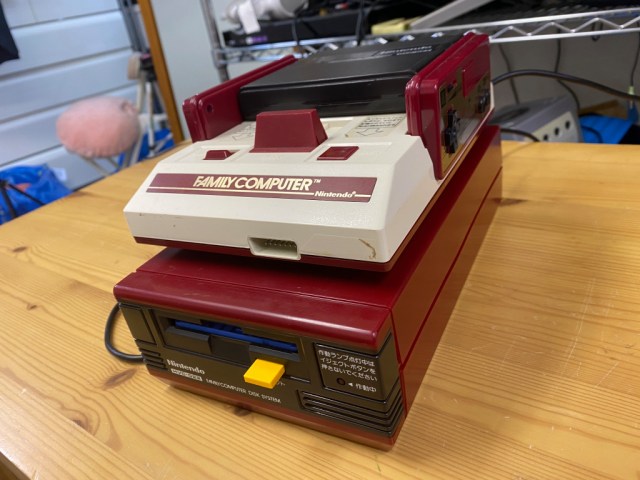
38 years ago today, the Famicom everyone knows and loves went on sale, but what about its often forgotten upgrade?
July 15 marks 38 years to the day that the Famicom, Nintendo’s 8-bit video game console that became the Nintendo Entertainment System in its overseas form, went on sale in Japan. So to celebrate, our Japanese-language reporter Ikuna Kamezawa decided to slip into the SoraNews24 headquarters conference room, which also happens to be where the company Famicom is, to play some old-school games.
But when she got there, she noticed something else on the shelf where the Famicom is kept.
Ikuna had never seen the device before, and with the golden age of the Famicom being before her time, couldn’t imagine what it was. The mystery was cleared up, though, when she examined the front of the red-cased box and saw the words “Nintendo Family Computer Disk System” written there.
Released about two and a half years after the Famicom’s debut, the Famicom Disk System, or FDS, for short, isn’t a stand-alone gaming console. It’s a Famicom peripheral, and so it has to be used in tandem with the base system. The FDS is actually a pair of add-ons, one of which is a RAM adapter that goes into the Famicom’s cartridge slot.
The disk reader, meanwhile, attaches to the back of the Famicom via a cord, and has another for its own AC adapter.
While it’s possible to leave the Famicom main unit and the FDS disk reader side by side, most people chose to stack them, like this, to save floorspace.
Unfortunately for Ikuna, she didn’t find any Famicom Disk System games lying around the office. Luckily, though, SoraNews24 headquarters is in downtown Tokyo, which means it’s just a short train ride to the greatest retro game hunting grounds in the whole wide world: Akihabara.
Once she got to the electronics district, she made her way to one of its many shops specializing in great games of yesteryear. In total, almost 200 games were released in FDS format, but since Ikuna was completely new to this corner of gaming, she simply picked out a 580-yen (US$5.30) game that had the most attractive cover, which featured the attractive face of top ‘80s idol Miho Nakayama.
Released in 1987, Idol Hotline-Nakayama Miho no Tokimeki High School, or “Idol Hotline-Miho Nakayama’s Heart-throbbing High School,” is now a time capsule in multiple ways. Not only is it a game on a discontinued medium with Japan’s sweetheart from nearly four decades ago, the then 17-year-old Nakayama appears on the cover holding a corded landline phone receiver that’s startlingly large by today’s standards.
▼ Even the strange indention on the plastic case near the tip of Nakayama’s nose couldn’t erase her charismatic aura.
FDS disks are officially called “disk cards,” and this one is a bright blue, with “NINTENDO” written in relief at the top.
Ikuna inserted the disk, turned on the system, and after a loading screen…
…it was time to start playing the game!
The on-screen graphics and text told her that she was playing as a teen boy transferring to a new high school. “I’ve transferred here because we had to move for my dad’s job,” the character explained, “and today is my first day,” As Ikuna hit the button to advance the text, she wondered what sort of colorful classmates she’d meet, when suddenly…
…a message popped up telling her:
“Please turn the disk over.”
FDS disks are double-sided, and so Ikuna had figured she’d be prompted to flip it at some point during the game. She’d been playing for less than 30 seconds, though, and didn’t expect the flip-over point to come so soon. Thankfully, this didn’t mean she was already half-way through a game that was only going to be 60 seconds long. Instead, it seems that the disk’s A side has various data that has to be loaded in for the game to get started, then draws data from the B side while you’re actually playing. She also had to flip the disk back over to Side A every time she wanted to save her game.
As she settled into the gameplay, she soon learned that Idol Hotline-Nakayama Miho no Tokimeki High School is a classically styled romance simulator with a high school setting. Before long, she met the geeky but outgoing male friend character (shown in the screen above where he’s referred to as “dude with a huge face”) that pretty much all titles in the genre are required to have, followed by a beautiful and mysterious female classmate named “Mizuho,” though Ikuna quickly saw through her Clark Kent-style disguise and deduced that she’s actually Nakayama attending high school while keeping her famous idol status secret from everyone else.
But as Ikuna was smiling at the quaintly familiar plot beats, she remembered that this game came out all the way back in 1987! That’s seven years before 1994 PlayStation game Tokimeki Memorial would become a hit and really bring romance simulators into mainstream console gaming, and she was impressed to see such an early example of the tropes and story beats that would go on to be so influential and prevalent in the genre.
Idol Hotline-Nakayama Miho no Tokimeki High School even has some uniquely ambitious gameplay mechanics. The “hotline” part of the title refers to how at certain points in the game, telephone numbers will flash on screen, along with a suggestion to write them down.
Calling these numbers would let you hear recorded messages from Nakayama herself, including hints about how to progress in the game. Not surprisingly, the number Ikuna came across is no longer in service, but she was still filled with admiration for the team that had come up with the idea in the first place. “They must have been really clever designers,” she thought, and it turns out they didn’t use up all of their talent on this one game either. Idol Hotline-Nakayama Miho no Tokimeki High School was a joint development between Square and Nintendo, and the staff included members such as Hironobu Sakaguchi, who went on to create the Final Fantasy series), Gunpei Yokoi, designer of the Game Boy, and Yoshio Sakamoto, who still works for Nintendo today and is currently producing the upcoming Metroid Dread.
Photos ©SoraNews24
● Want to hear about SoraNews24’s latest articles as soon as they’re published? Follow us on Facebook and Twitter!
[ Read in Japanese ]

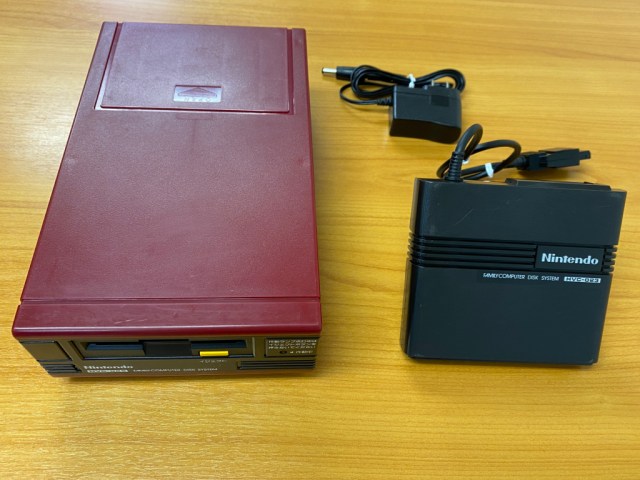
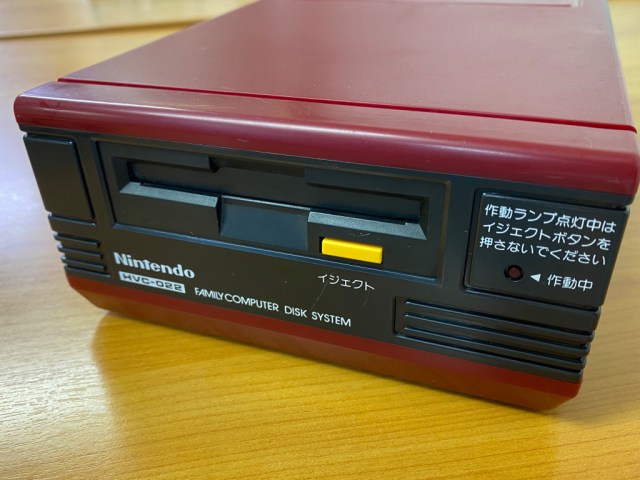
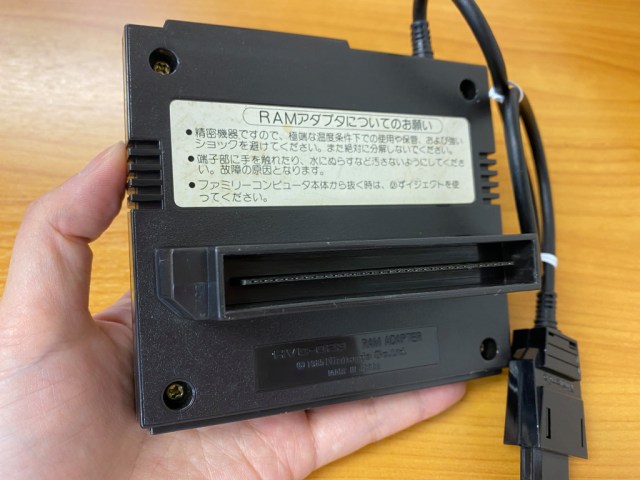
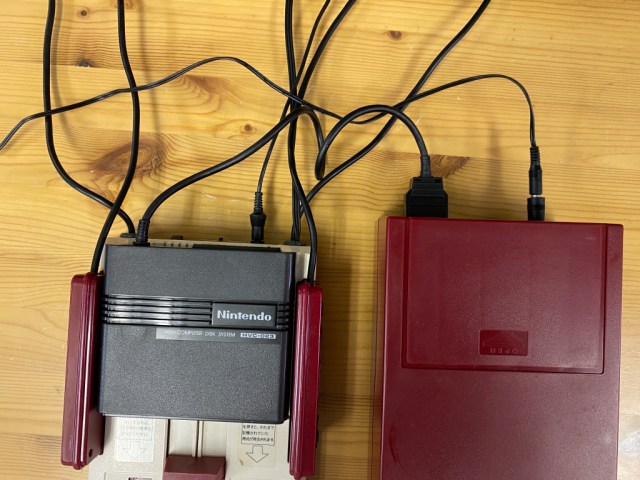
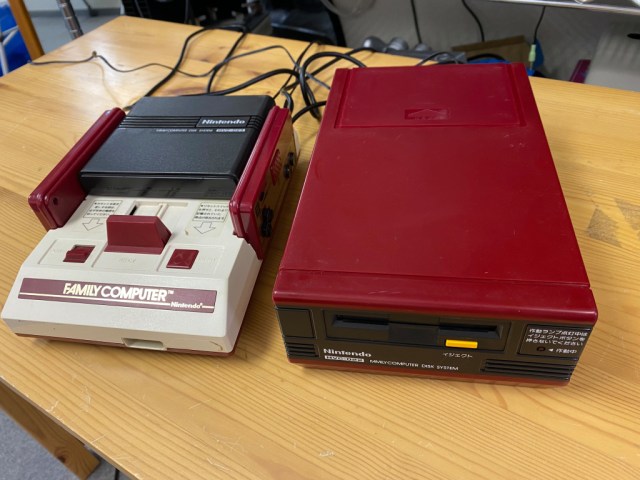
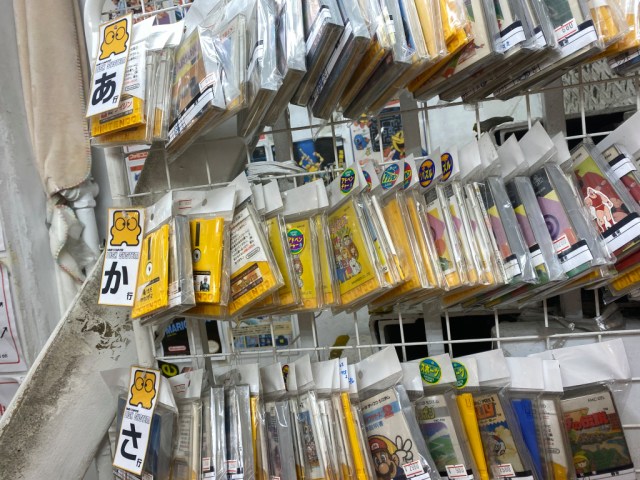
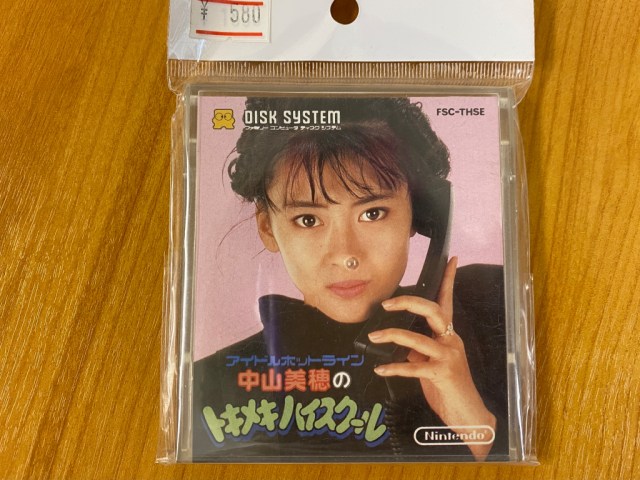
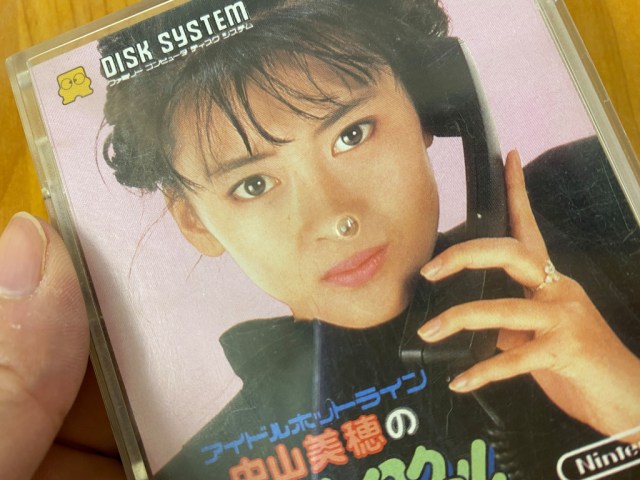
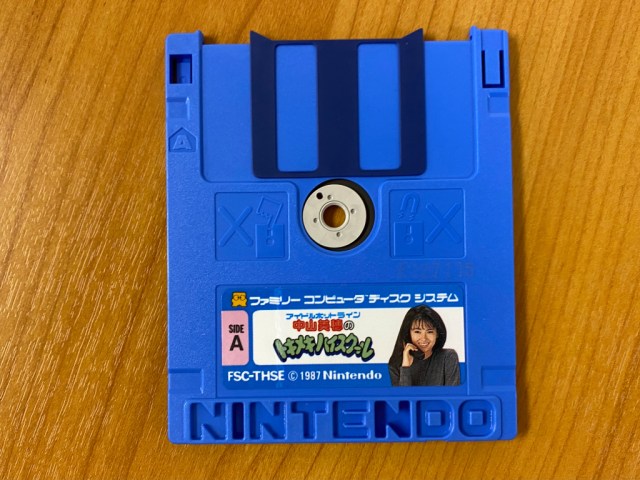
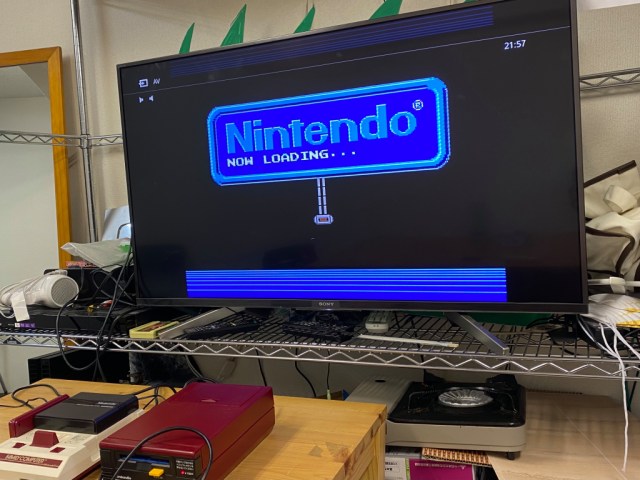
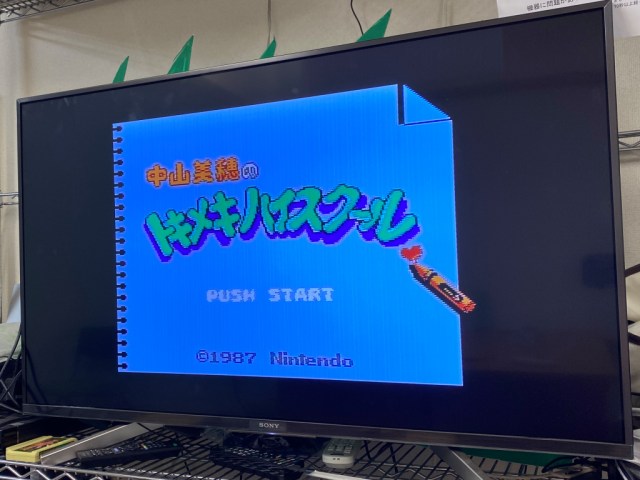
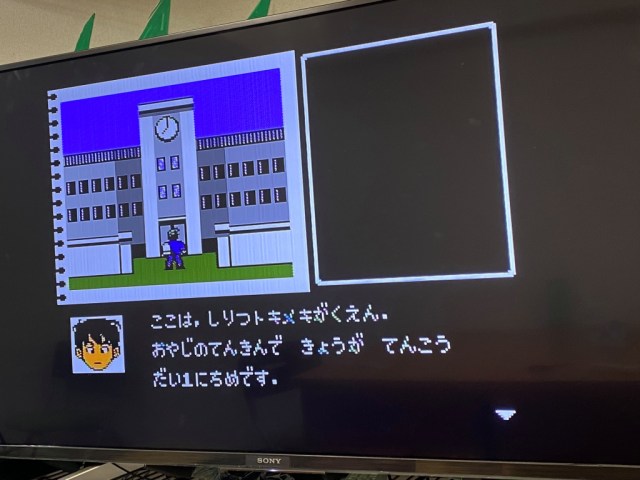
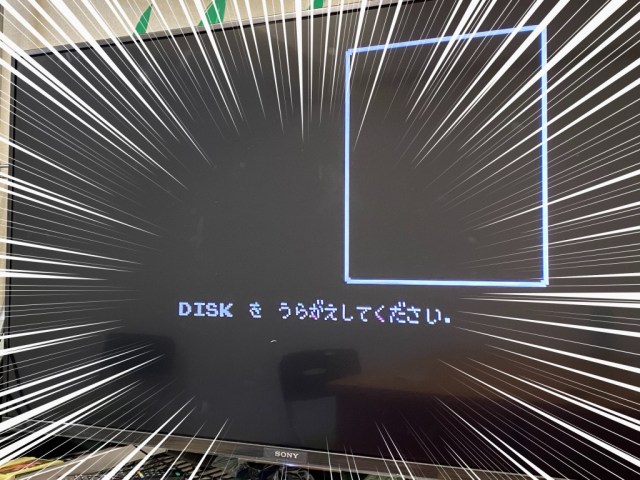
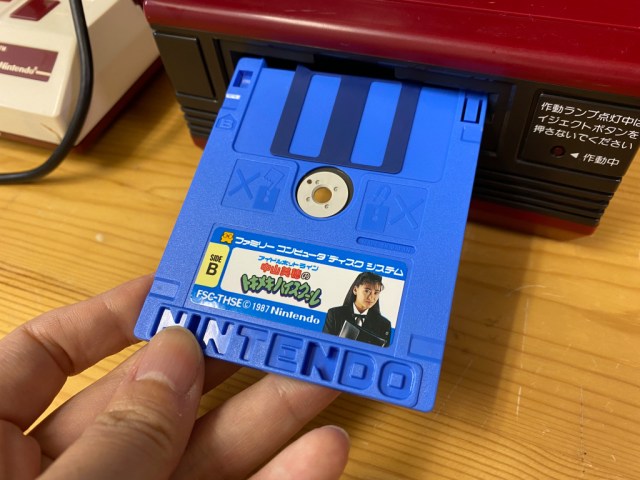
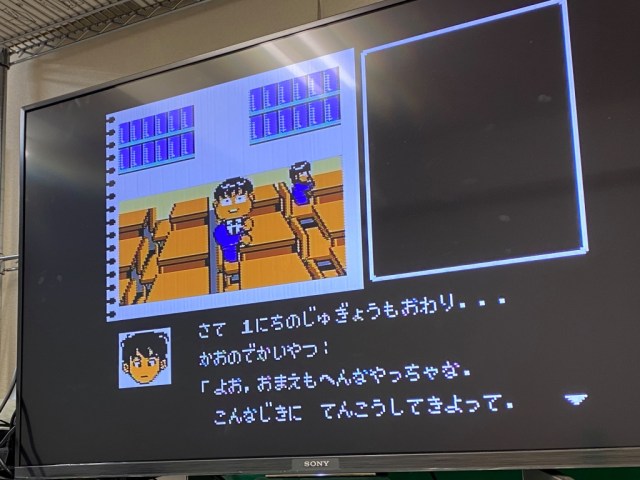
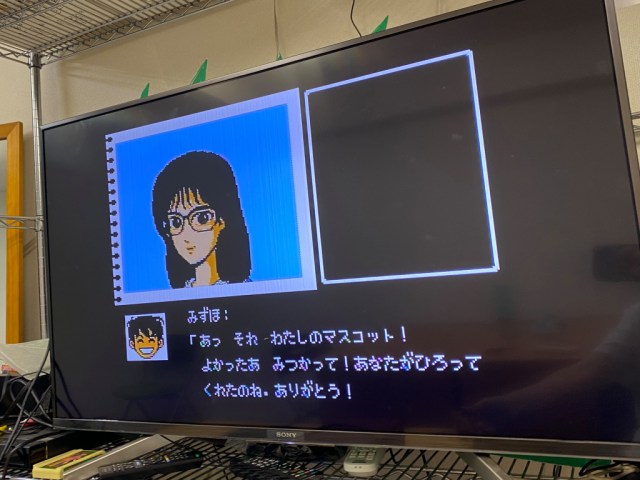
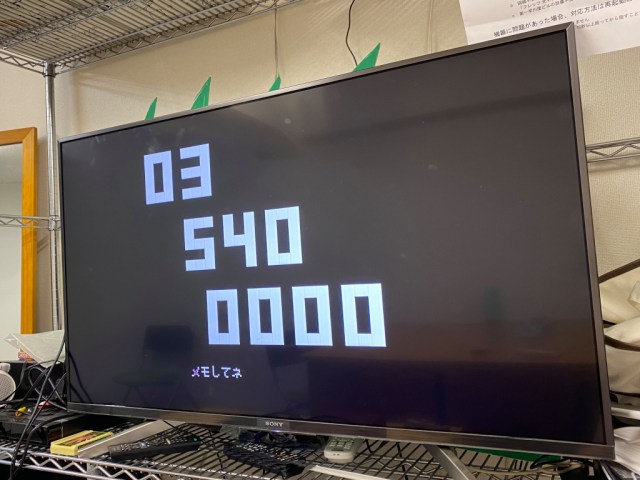
 Create 8-bit melodies by turning your old Nintendo cartridges into harmonicas 【Video】
Create 8-bit melodies by turning your old Nintendo cartridges into harmonicas 【Video】 Japanese Twitter realizes that talking about the NES now is the same as old men talking about WW2
Japanese Twitter realizes that talking about the NES now is the same as old men talking about WW2 Ramen and girls bar: Where you can talk to women who aren’t dressed like hosts or maids
Ramen and girls bar: Where you can talk to women who aren’t dressed like hosts or maids We get our hands on a coveted Yodobashi lucky bag, this time the beauty and health gadget box
We get our hands on a coveted Yodobashi lucky bag, this time the beauty and health gadget box We try a rotating sushi restaurant in New Delhi, are surprised to find no rotating sushi
We try a rotating sushi restaurant in New Delhi, are surprised to find no rotating sushi Red light district sushi restaurant in Tokyo shows us just how wrong we were about it
Red light district sushi restaurant in Tokyo shows us just how wrong we were about it Japanese ramen restaurants under pressure from new yen banknotes
Japanese ramen restaurants under pressure from new yen banknotes Tokyo Tsukiji fish market site to be redeveloped with 50,000-seat stadium, hotel, shopping center
Tokyo Tsukiji fish market site to be redeveloped with 50,000-seat stadium, hotel, shopping center Beautiful Red and Blue Star luxury trains set to be Japan’s new Hokkaido travel stars
Beautiful Red and Blue Star luxury trains set to be Japan’s new Hokkaido travel stars McDonald’s new Happy Meals offer up cute and practical Sanrio lifestyle goods
McDonald’s new Happy Meals offer up cute and practical Sanrio lifestyle goods New private rooms on Tokaido Shinkansen change the way we travel from Tokyo to Kyoto
New private rooms on Tokaido Shinkansen change the way we travel from Tokyo to Kyoto French Fries Bread in Tokyo’s Shibuya becomes a hit on social media
French Fries Bread in Tokyo’s Shibuya becomes a hit on social media Starbucks Japan adds a Motto Frappuccino to the menu for a limited time
Starbucks Japan adds a Motto Frappuccino to the menu for a limited time Sakura tree falls on man at Sannenzaka near Kiyomizu temple in Kyoto 【Breaking News】
Sakura tree falls on man at Sannenzaka near Kiyomizu temple in Kyoto 【Breaking News】 Mt. Koya planning to instate visitor’s tax to cope with huge tourist numbers
Mt. Koya planning to instate visitor’s tax to cope with huge tourist numbers All-you-can-drink Starbucks and amazing views part of Tokyo’s new 170 meter-high sky lounge
All-you-can-drink Starbucks and amazing views part of Tokyo’s new 170 meter-high sky lounge More foreign tourists than ever before in history visited Japan last month
More foreign tourists than ever before in history visited Japan last month Studio Ghibli releases new action figures featuring Nausicaä of the Valley of the Wind characters
Studio Ghibli releases new action figures featuring Nausicaä of the Valley of the Wind characters Starbucks reopens at Shibuya Scramble Crossing with new look and design concept
Starbucks reopens at Shibuya Scramble Crossing with new look and design concept Studio Ghibli glasses cases let anime characters keep an eye on your spectacles
Studio Ghibli glasses cases let anime characters keep an eye on your spectacles Beautiful Ghibli sealing wax kits let you create accessories and elegant letter decorations【Pics】
Beautiful Ghibli sealing wax kits let you create accessories and elegant letter decorations【Pics】 Studio Ghibli releases Kiki’s Delivery Service chocolate cake pouches in Japan
Studio Ghibli releases Kiki’s Delivery Service chocolate cake pouches in Japan New definition of “Japanese whiskey” goes into effect to prevent fakes from fooling overseas buyers
New definition of “Japanese whiskey” goes into effect to prevent fakes from fooling overseas buyers Our Japanese reporter visits Costco in the U.S., finds super American and very Japanese things
Our Japanese reporter visits Costco in the U.S., finds super American and very Japanese things Studio Ghibli unveils Mother’s Day gift set that captures the love in My Neighbour Totoro
Studio Ghibli unveils Mother’s Day gift set that captures the love in My Neighbour Totoro New Japanese KitKat flavour stars Sanrio characters, including Hello Kitty
New Japanese KitKat flavour stars Sanrio characters, including Hello Kitty New Pokémon cakes let you eat your way through Pikachu and all the Eevee evolutions
New Pokémon cakes let you eat your way through Pikachu and all the Eevee evolutions Disney princesses get official manga makeovers for Manga Princess Cafe opening in Tokyo
Disney princesses get official manga makeovers for Manga Princess Cafe opening in Tokyo Sales of Japan’s most convenient train ticket/shopping payment cards suspended indefinitely
Sales of Japan’s most convenient train ticket/shopping payment cards suspended indefinitely Sold-out Studio Ghibli desktop humidifiers are back so Totoro can help you through the dry season
Sold-out Studio Ghibli desktop humidifiers are back so Totoro can help you through the dry season Japanese government to make first change to romanization spelling rules since the 1950s
Japanese government to make first change to romanization spelling rules since the 1950s Ghibli founders Toshio Suzuki and Hayao Miyazaki contribute to Japanese whisky Totoro label design
Ghibli founders Toshio Suzuki and Hayao Miyazaki contribute to Japanese whisky Totoro label design Doraemon found buried at sea as scene from 1993 anime becomes real life【Photos】
Doraemon found buried at sea as scene from 1993 anime becomes real life【Photos】 Tokyo’s most famous Starbucks is closed
Tokyo’s most famous Starbucks is closed One Piece characters’ nationalities revealed, but fans have mixed opinions
One Piece characters’ nationalities revealed, but fans have mixed opinions We asked a Uniqlo employee what four things we should buy and their suggestions didn’t disappoint
We asked a Uniqlo employee what four things we should buy and their suggestions didn’t disappoint Princesses, fruits, and blacksmiths: Study reveals the 30 most unusual family names in Japan
Princesses, fruits, and blacksmiths: Study reveals the 30 most unusual family names in Japan Live out your secret idol fantasies with Dolly Kanon for 3DS
Live out your secret idol fantasies with Dolly Kanon for 3DS Our Japanese language reporter gets lucky with Vietnam McDonald’s Prosperity Beef Burger
Our Japanese language reporter gets lucky with Vietnam McDonald’s Prosperity Beef Burger McDonald’s breakfast menu in Hong Kong is like nothing we’ve ever seen in Japan
McDonald’s breakfast menu in Hong Kong is like nothing we’ve ever seen in Japan “Hey Singaporean taxi driver! Take us to the best restaurant in Singapore!”
“Hey Singaporean taxi driver! Take us to the best restaurant in Singapore!” New Year lucky bag from makeup giant Shu Uemura may disappoint makeup buffs but thrill otaku
New Year lucky bag from makeup giant Shu Uemura may disappoint makeup buffs but thrill otaku How can you maximize the calories you burn singing karaoke?【Experiment】
How can you maximize the calories you burn singing karaoke?【Experiment】 Japan’s big eats just got even bigger at this little-known cafe
Japan’s big eats just got even bigger at this little-known cafe Can our 30-something reporter pull off the fashions of this hit lucky bag for Tokyo teens?【Pics】
Can our 30-something reporter pull off the fashions of this hit lucky bag for Tokyo teens?【Pics】 KFC releases an Otaku Burger…in Spain?!?
KFC releases an Otaku Burger…in Spain?!? We visit a restaurant called ‘Otaku’ in France, eat some otaku sushi
We visit a restaurant called ‘Otaku’ in France, eat some otaku sushi Hey, Croatian taxi driver! Take us to the restaurant with the best štrukli in Zagreb
Hey, Croatian taxi driver! Take us to the restaurant with the best štrukli in Zagreb Hey, Thai tuk-tuk driver! Take us to the best Thai restaurant in this part of Bangkok!
Hey, Thai tuk-tuk driver! Take us to the best Thai restaurant in this part of Bangkok! New Xbox Series X fits perfectly with a classic Nintendo system, gamer in Japan finds【Pics】
New Xbox Series X fits perfectly with a classic Nintendo system, gamer in Japan finds【Pics】 This lucky bag of anime models is also a decades-long history lesson for our mecha newbie
This lucky bag of anime models is also a decades-long history lesson for our mecha newbie We stumbled upon “Pudding Street” in Hanoi, so of course we had to investigate
We stumbled upon “Pudding Street” in Hanoi, so of course we had to investigate
Leave a Reply